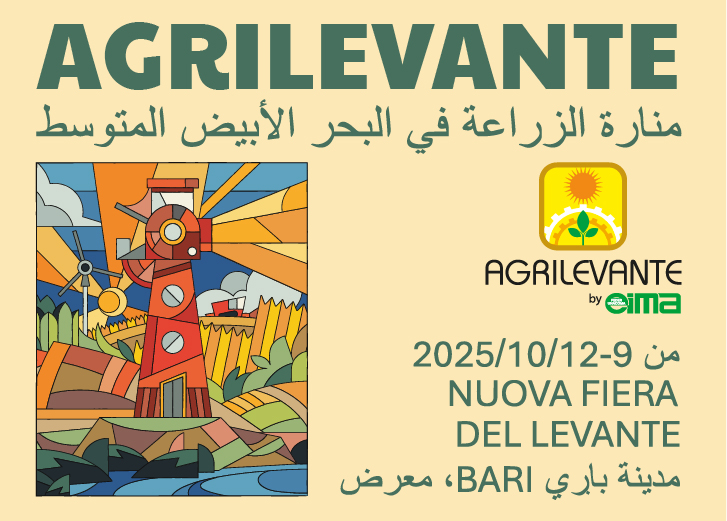Cover crops are an important climate-smart agriculture practice that can reduce soil erosion, improve soil health and generate other environmental benefits when grown consistently over multiple years. Through AgMission, a global initiative co-created by the Foundation for Food & Agriculture Research (FFAR) and World Farmers’ Organisation to unlock agriculture’s potential to reduce greenhouse gas emissions, FFAR awarded The Nature Conservancy a $138,888 grant to evaluate cover crop adoption and identify the factors leading to their successful, long-term use in the Midwestern United States. The Nature Conservancy provided matching funds for a total investment of $277,777.
Cover crops are being planted on more acres of farmland every year, partly due to the availability of financial and technical assistance programs. However, preliminary data suggest that while some fields grow cover crops every year, others may grow them for a brief time and then discontinue the practice.
The Nature Conversancy, with support from Purdue University, is distributing surveys to 2,000 landowners and farmers across Indiana, Illinois, Iowa and southeast Minnesota to better understand why farmers decide to continue or end cover cropping. The survey questions will focus on challenges, motivations and benefits associated with successful cover crop adoption and will also determine which information sources farmers rely on to make cover cropping decisions.
Cover crops are an important regenerative agricultural practice that benefit soils and reduce agriculture’s vulnerability to extreme weather. To realize these long-term environmental benefits, it’s important to understand farmer experiences and evaluate how different incentives factor into a farmer’s decision to adopt or discontinue cover crops.
Allison Thomson
AgMission Program Director
Project outcomes will provide quantitative and qualitative data on the effectiveness of traditional voluntary conservation programs for practices like cover cropping in Midwest row crop agriculture. The insights gained from this study can be used to strengthen existing incentivization programs while addressing farmer needs.
























